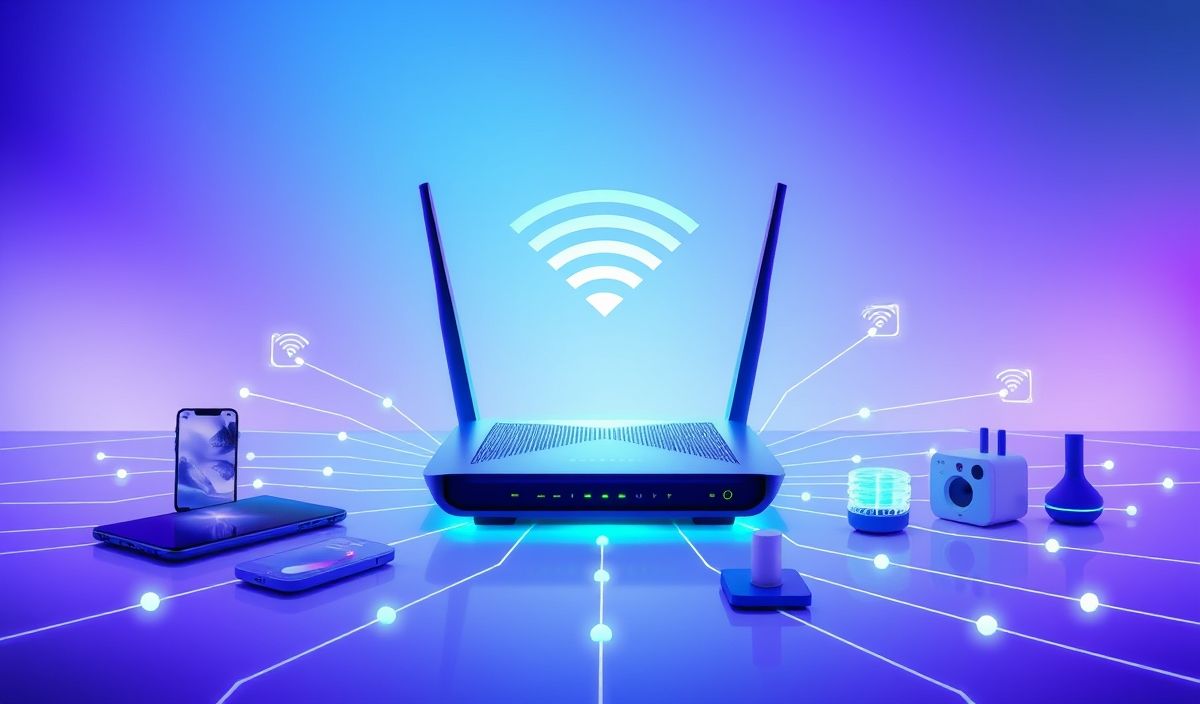Introduction to Wi-Fi Control
Wi-Fi control is a crucial capability for many modern applications, especially those dealing with IoT, smart home devices, and mobile communication. With a comprehensive set of Wi-Fi control APIs, developers can manage Wi-Fi connections programmatically, allowing for enhanced user experiences and smarter applications.
Wi-Fi Control APIs
Below are several useful APIs for Wi-Fi control with examples:
1. Scan for Available Networks
This API scans for available Wi-Fi networks and returns a list of SSIDs.
function scanWiFiNetworks() {
// Scan for available Wi-Fi networks
WiFi.scan((error, networks) => {
if (error) {
console.error('Error scanning networks:', error);
} else {
console.log('Available networks:', networks);
}
});
}
2. Connect to a Wi-Fi Network
This API allows the device to connect to a specified Wi-Fi network.
function connectToWiFi(ssid, password) {
// Connect to the specified Wi-Fi network
WiFi.connect(ssid, password, error => {
if (error) {
console.error('Error connecting to Wi-Fi:', error);
} else {
console.log('Connected to Wi-Fi');
}
});
}
3. Disconnect from a Wi-Fi Network
This API disconnects the device from the current Wi-Fi network.
function disconnectFromWiFi() {
// Disconnect from the current Wi-Fi network
WiFi.disconnect(error => {
if (error) {
console.error('Error disconnecting from Wi-Fi:', error);
} else {
console.log('Disconnected from Wi-Fi');
}
});
}
4. Get Current Wi-Fi Connection Details
This API fetches details of the current Wi-Fi connection such as SSID and signal strength.
function getCurrentWiFiDetails() {
// Get details of the current Wi-Fi connection
WiFi.status((error, details) => {
if (error) {
console.error('Error fetching Wi-Fi details:', error);
} else {
console.log('Current Wi-Fi details:', details);
}
});
}
Wi-Fi Control App Example
Here’s an example of a simple Wi-Fi control application built using the APIs discussed above:
class WiFiControllerApp {
constructor() {
this.init();
}
init() {
document.getElementById('scanBtn').addEventListener('click', () => this.scanNetworks());
document.getElementById('connectBtn').addEventListener('click', () => this.connectNetwork());
document.getElementById('disconnectBtn').addEventListener('click', () => this.disconnectNetwork());
}
scanNetworks() {
WiFi.scan((error, networks) => {
if (error) {
alert('Error scanning networks:', error);
} else {
console.log('Available networks:', networks);
// Display networks to user
}
});
}
connectNetwork() {
const ssid = document.getElementById('ssidInput').value;
const password = document.getElementById('passwordInput').value;
WiFi.connect(ssid, password, error => {
if (error) {
alert('Error connecting to Wi-Fi:', error);
} else {
alert('Connected to Wi-Fi');
}
});
}
disconnectNetwork() {
WiFi.disconnect(error => {
if (error) {
alert('Error disconnecting from Wi-Fi:', error);
} else {
alert('Disconnected from Wi-Fi');
}
});
}
}
// Initialize the app
new WiFiControllerApp();
By following this guide, you should be able to effectively control Wi-Fi connections programmatically within your applications. Try implementing these features in your next project for enhanced connectivity control!
Hash: 1a55aedbf8c299a15ef4b48e0862b5f069baadab3ceae6ec2ebed7830db23a62




